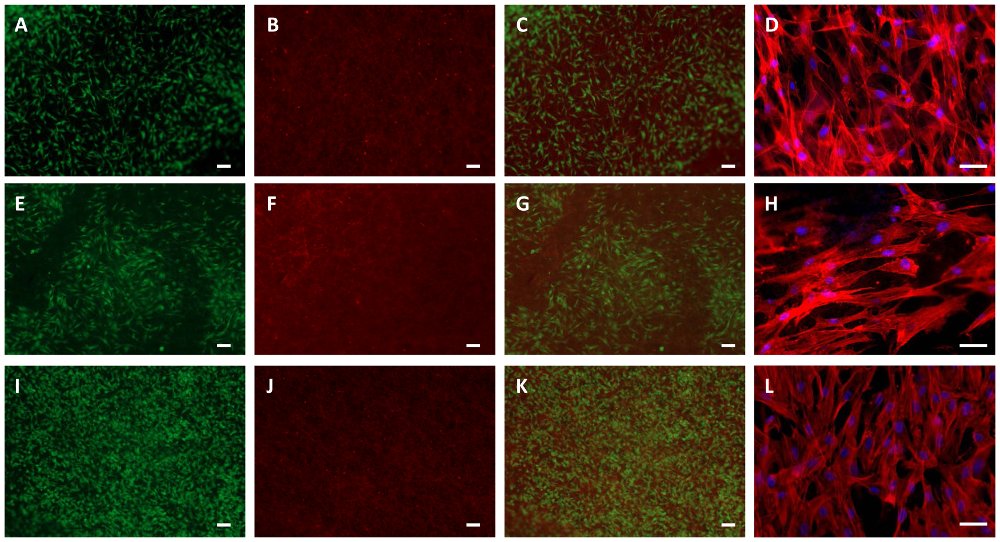▼ Reference
- Chen L, Bai Y, Liao G, Peng E, Wu B, Wang Y, Zeng X, Xie X. Electrospun Poly(L-lactide)/Poly(ε-caprolactone) Blend Nanofibrous Scaffold: Characterization and Biocompatibility with Human Adipose-Derived Stem Cells. PLoS ONE 2013; 8(8): e71265. doi:10.1371/journal.pone.0071265.
- Francis M P, Sachs P C, Madurantakam P A, Sell S A, Elmore L W, Bowlin G L and Holt S E. Electrospinning adipose tissue-derived extracellular matrix for adipose stem cell culture. J Biomed Mater Res Part A 2012:100A:1716-1724. Open Access
- Gugerell A, Kober J, Laube T, Walter T, Nurnberger S, Gronniger E, Bronneke S, Wyrwa R, Schnabelrauch M and Keck M . Electrospun Poly(ester-Urethane)- and Poly(ester-Urethane-Urea) Fleeces as Promising Tissue Engineering Scaffolds for Adipose-Derived Stem Cells. PLoS ONE 2014; 9(3): e90676. doi:10.1371/journal.pone.0090676 Open Access
- Panneerselvan A, Nguyen L T, Su Y, Teo W E, Liao S, Ramakrishna S, Chan C W. Cell viability and angiogenic potential of a bioartificial adipose substitute. J Tissue Eng Regen Med. Ahead of print
- Xu H, Cai S; Sellers A and Yang Y. Intrinsically water-stable electrospun three-dimensional ultrafine fibrous soy protein scaffolds for soft tissue engineering using adipose derived mesenchymal stem cells. RSC Adv 2014; 4: 15451.
▼ Credit and Acknowledgement
Author
Wee-Eong TEO View profile
Email: weeeong@yahoo.com
 ElectrospinTech
ElectrospinTech
